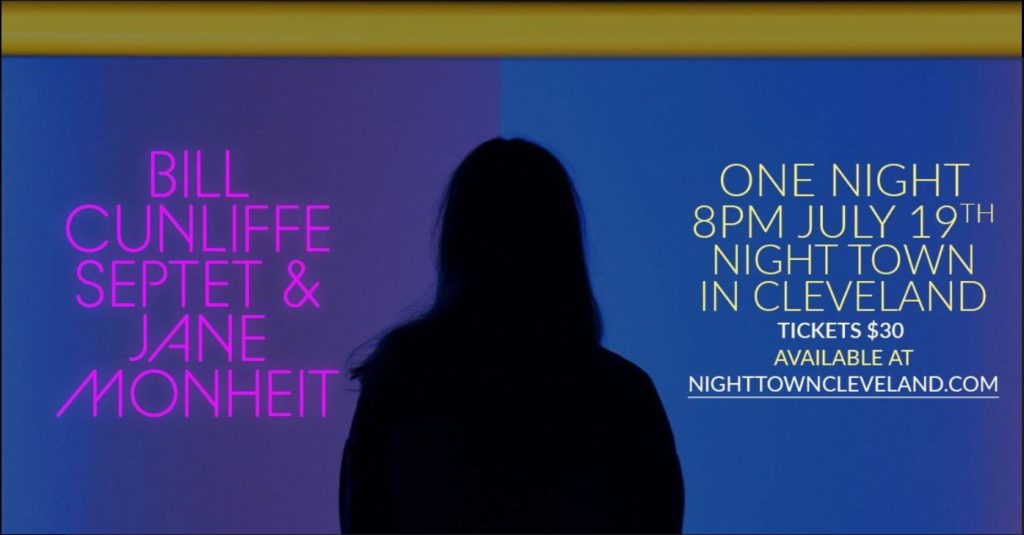What is polyphony?
What is polyphony?
Get your notebooks out and your pencils sharpened, because today we are continuing our lesson in musical theory! If you haven’t already, please read our post about the differences between the melody and harmony.
So, last time we talked about how the melody is a sequence of notes that sound pleasing, while the harmony refers to a blending of notes. Before we go any further today, I’d like to also mention that the harmony can also informally refer to any parts of the composition that accompany the main melody. Remember, the melody is the backbone and leader of the piece, while the harmony refers to the vertical relationship between different pitches. The harmony creates chord progressions that complement the melody.
Now that we’ve refreshed ourselves on those basics, let’s take a look at a slightly more complex musical term—polyphony.
In Greek, ‘poly’ means many and ‘phony’ means voice, which contrasts with monophony, meaning one voice. As the etymology indicates, polyphony refers to music in which more than one entity—voice or instrument—plays melodic lines at the same time. This differs from harmony in the way that harmony is usually dependent on the main melody, whereas polyphonic music has each entity playing their own independent melodic lines.
However, things get tricky, because even though in polyphony, each “voice” is independent to a certain extent, these melodic lines are still connected by the overall harmonic framework. A polyphonic musical texture, therefore, still has harmony. The harmonic framework—meaning the blending of pitches to make chords—is what makes the music sound good! If a song didn’t have harmony, it would merely sound like an unpleasant cacophony of sounds. And, in case you didn’t know, ‘caco’ in Greek means bad.
Technically speaking, any music that consists of multiple “voices” is polyphonic, which would be most music. But in the Western music tradition, polyphony often refers to a particular technique called contrapuntal, or counterpoint. With this technique, there is no foreground or background lines, as with most pop songs today, but rather involves a mutual conversation between the lines. With counterpoint, the notes in each independent melodic line also coincide to create chords. Bach was a composer who loved writing in the intellectually stimulating counterpoint technique.
But chances are that if you’re reading this post, it’s because you love jazz music, so you may be wondering, what exactly does this have to do with jazz?
Well, polyphony was used in the traditional jazz that developed in New Orleans at the turn of the 20th century. In these early jazz compositions, the trumpet often played the melody, while the clarinet and trombone improvised semi-independent lines that were counterpoint in nature. And in bebop jazz—originating in the 1940s—the bass played a consistent countermelody of quarter notes that produced a polyphony with whatever other musical texture was played on top.
After that lesson in music theory, you deserve to sit back, relax, and let the polyphony of this 1993 jazz tune wash over you. Listen to the independent melodies of the bass trombone and bari sax in Mingus Big Band’s “Moanin’!”
Now that you understand musical theory better, why don’t you take a listen to the sample tracks from our newest album, My Ship, and see if you can identify the melody, harmony and chord progressions! Or just simply try to identify the different instruments that are playing simultaneously.
This post was written by Blog Editor, Jacqueline Knirnschild.












